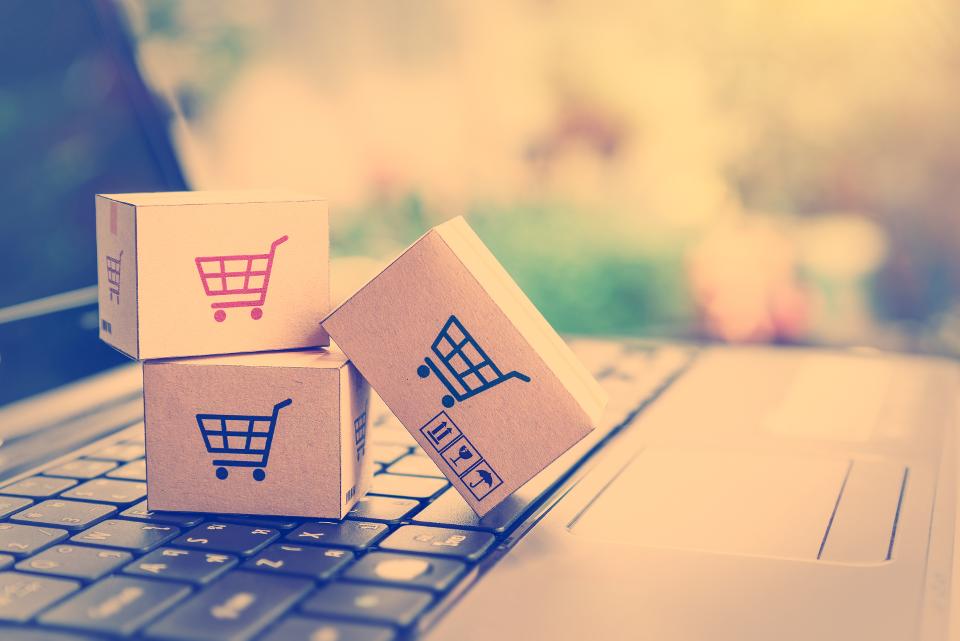15 , May , 2020

According to GlobalData, a London-based data analytics firm, amidst lockdown, India’s e-commerce market is all set for a stupendous growth and an acceleration in growth will be close to Rs.7 trillion by 2023.
“The growth of Indian e-commerce market has been revised up, considering the positive push due to coronavirus (Covid-19) outbreak," stated GlobalData.
The e-commerce market in India is set to grow at a compound annual growth rate (CAGR) of 19.6% between 2019 and 2023. As consumers increasingly shift to online spending to avoid exposure to disease vectors such as cash and point of sale (POS) terminals, e-commerce payments are set to record a steep increase of 25.9% in 2020, said the company.
Ravi Sharma, banking and payments lead analyst, GlobalData, said, “While the current lockdown in the country has led to the overall decline in consumer spending, this is being partially offset by a rise in online spending, as wary consumers stay at home and use online channels to purchase goods. Online payment solutions from the likes of Paytm, Amazon Pay and Paypal could potentially benefit from the current situation."
With restriction norms being eased in successive phase, it has enabled e-commerce companies to now deliver non-essentials products barring the so-called Red Zones.
Sharma said, “The covid-19 outbreak will have greater implications on Indian consumers’ buying behaviour pushing them to embrace e-commerce. The market is anticipated to continue its growth exceeding the previous forecast levels to reach $98.4 billion in next four years."
Propelled by rising smartphone penetration, the launch of 4G networks and increasing consumer wealth, the Indian e-commerce market is expected to grow to $200 billion by 2026 from $38.5 billion in 2017, according to Indian Brand Equity Foundation (IBEF).
The growth is primarily being led by Flipkart and Amazon India. In 2019, smartphone shipments in India rose 8% year-on-year to 152.5 million units, making it the fastest growing market among the top 20 in the world.
Of late, the competition in the digital payments space--the most critical element of e-commerce market--and the race among retailers to tie-up with neighbourhood stores has also intensified.